Frederica Freyberg:
Now to Northern Wisconsin where people some of them formerly at odds have come together in an attempt to save a natural resource: walleye. Some of you will remember the hostilities in the North Woods in the late 1980’s, angry demonstrations that brought protestors to Vilas County boat landings as Chippewa tribal members practiced their Off reservation right to spear walleyes. The practice pitted spearers against anglers, both after the prized fish and ability to catch or harvest as many as a possible. Fast forward 25 years an historic agreement between tribal, municipal and state officials sparked a five year moratorium on harvesting walleye on the Minocqua Chain of Lakes. Violators of the no harvest are subject to fines. The goal is to return the walleye populations to more sustainable levels. For more on what led to the agreement and how it works, we are joined now by James Zorn. He’s the Executive Director of the Great Lakes Indian, Fish and Wildlife Commission. He’s in Ashland. And James, thank you very much for being here.
James Zorn:
Good afternoon.
Frederica Freyberg:
How rewarding is it to be working now side by side with people who had vehemently opposed tribal spear fishing rights?
James Zorn:
It is extremely rewarding. This has been a common experience really in the last 20-25 years after everything had settled down from the boat landings. I think people quickly realized there is more to be on the same side for rather than to be against each other about who takes what particular fish. It’s really about having fish there for all of us in the future.
Frederica Freyberg:
That explains why everyone wants to work together to repopulate walleyes in the Minocqua Chain of Lakes. What has kind of happened to that population?
James Zorn:
There’s a number of factors that the biologists have identified including lower abundance, lack of recruitment from young of the year to get to older ages. You have issues with available spawning habitat and you have the entry of other warm water fish species. And so that’s clear that those contribute to lower abundance and lack of recruitment. What’s still unknown really, though, would be the root causes. Is it a warming climate? Is it invasive species? What has been going on with the habitat in this chain of lakes. Those are the factors over the long-term that I think we all need to understand.
Frederica Freyberg:
So the moratorium on taking walleye for five years is the first step toward understanding the causes?
James Zorn:
Well, that will be part of it. Actually, I know the state has been taking measures for a few years now to try to help. They have increased the minimum the size limit for anglers, they’ve liberalized the regulations for taking bass, they’ve done more stocking. But now under this effort there will also be additional stocking of larger, what we call extended growth walleyes. We will — I know the Walleyes For Tomorrow group will be working in the spawning habitat in the Minocqua lake. As we try to reestablish this, there will be monitoring assessments hopefully to understand some more of those root causes.
Frederica Freyberg:
What has been the reaction at large kind of as fisher people, even as the opener is this weekend to this prohibition moratorium?
James Zorn:
My understanding is it’s been amazingly positive. I have done a number of interviews with, for example, the Lakeland Times newspaper and others from that area that, as you know, back in the mid 80’s it was very difficult to report on this issue in a positive way. What I hear from them is that people are behind this very, very much. Part of the concern obviously is public education and outreach to the visitors that will be coming to the area to make sure that people know what is at stake, what the rules are and that we then get compliance. And if need be enforcement of these closures.
Frederica Freyberg:
There aren’t moratoriums on other lakes than those in the Minocqua Chain, right?
James Zorn:
Not at this time. But there is a precedent for this. A few years ago in Kentuck Lake in Vilas County we all experienced — we saw a lack of male walleyes. There was a harvest closure for state and tribal folks there. Lo and behold, the population was rehabilitated. Some issues there, now, we are monitoring. It does raise a larger question of what is the overall status of walleyes in the northern Wisconsin area.
Frederica Freyberg:
One last question with not much time left. Do you expect this cooperation will extend to other conservation work in the region?
James Zorn:
We sure hope so. My goal as a Director of the Great Lakes Indian Fish and Wildlife Commission is to keep the politics out of it and let’s keep the science and resource management forefront.
Frederica Freyberg:
James Zorn, thank you so much for joining us.
James Zorn:
You are welcome. My pleasure.
Search Episodes
News Stories from PBS Wisconsin

Donate to sign up. Activate and sign in to Passport. It's that easy to help PBS Wisconsin serve your community through media that educates, inspires, and entertains.
Make your membership gift today
Only for new users: Activate Passport using your code or email address
Already a member?
Look up my account
Need some help? Go to FAQ or visit PBS Passport Help
Need help accessing PBS Wisconsin anywhere?

Online Access | Platform & Device Access | Cable or Satellite Access | Over-The-Air Access
Visit Access Guide
Need help accessing PBS Wisconsin anywhere?

Visit Our
Live TV Access Guide
Online AccessPlatform & Device Access
Cable or Satellite Access
Over-The-Air Access
Visit Access Guide
 Passport
Passport









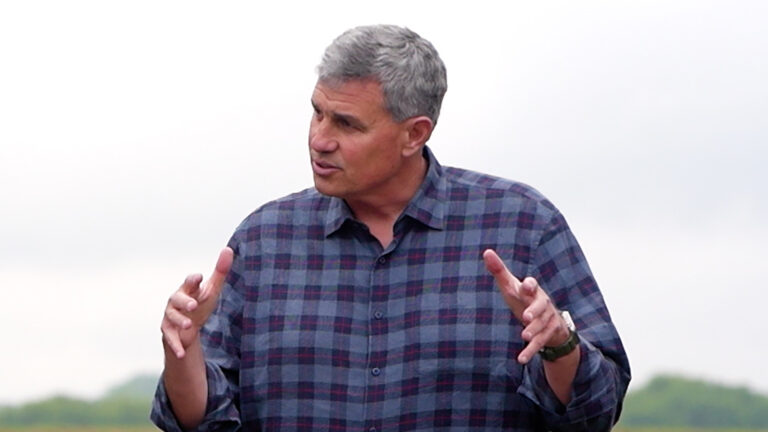

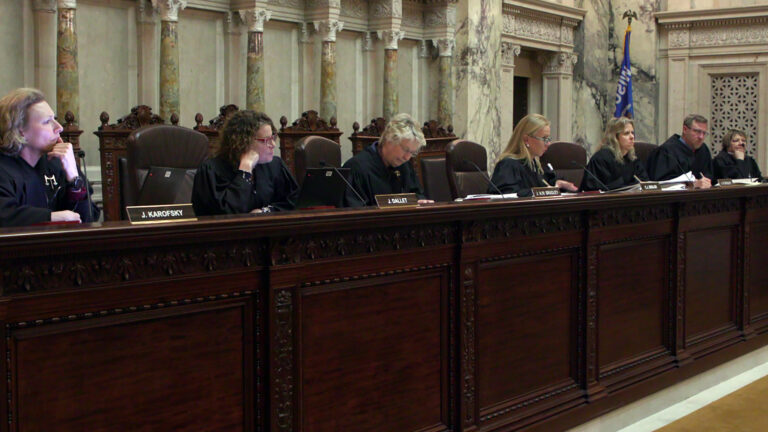
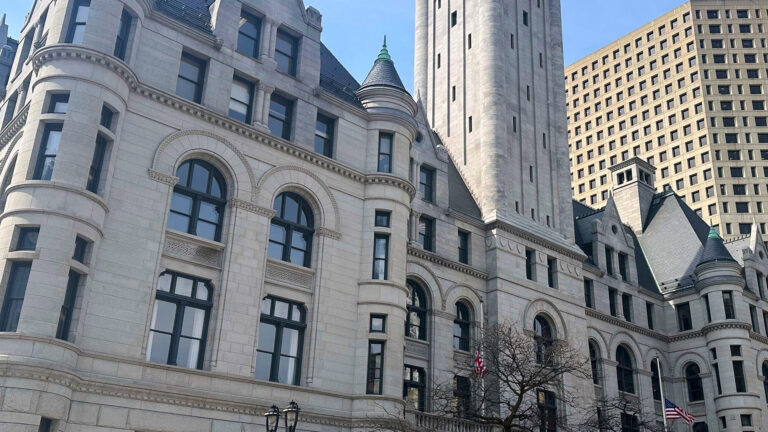
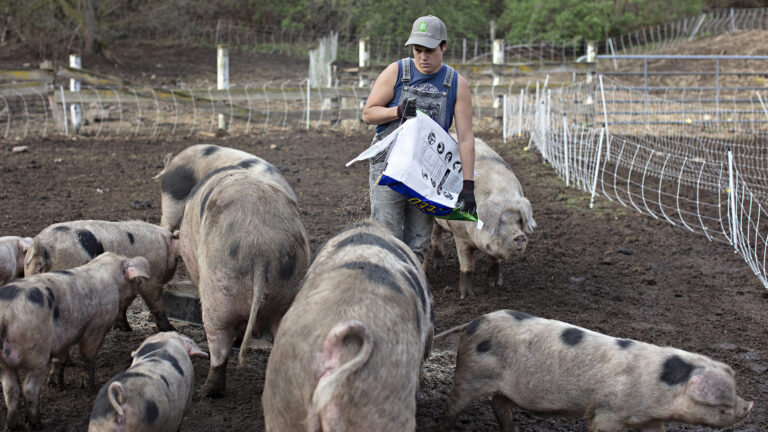
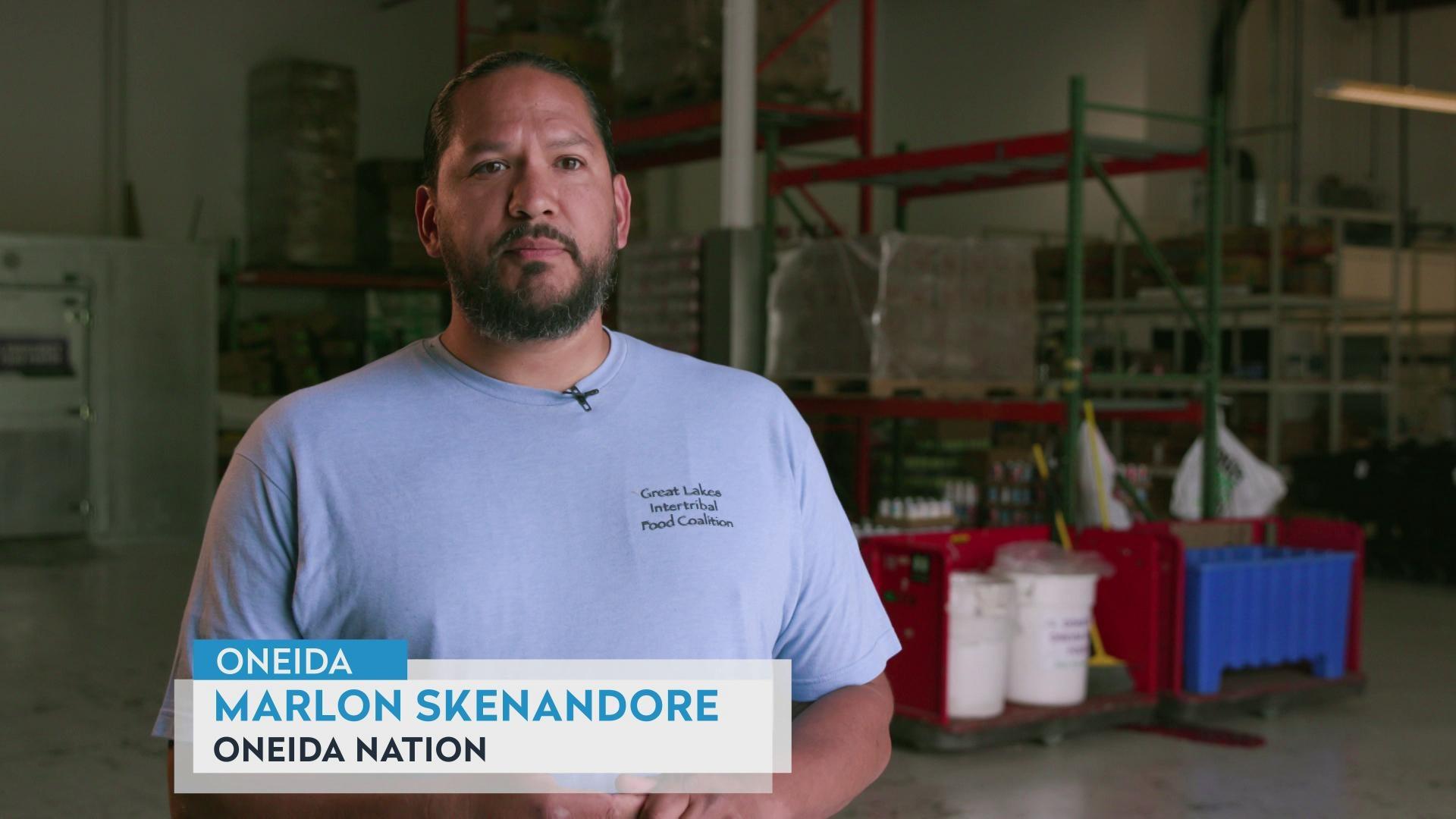

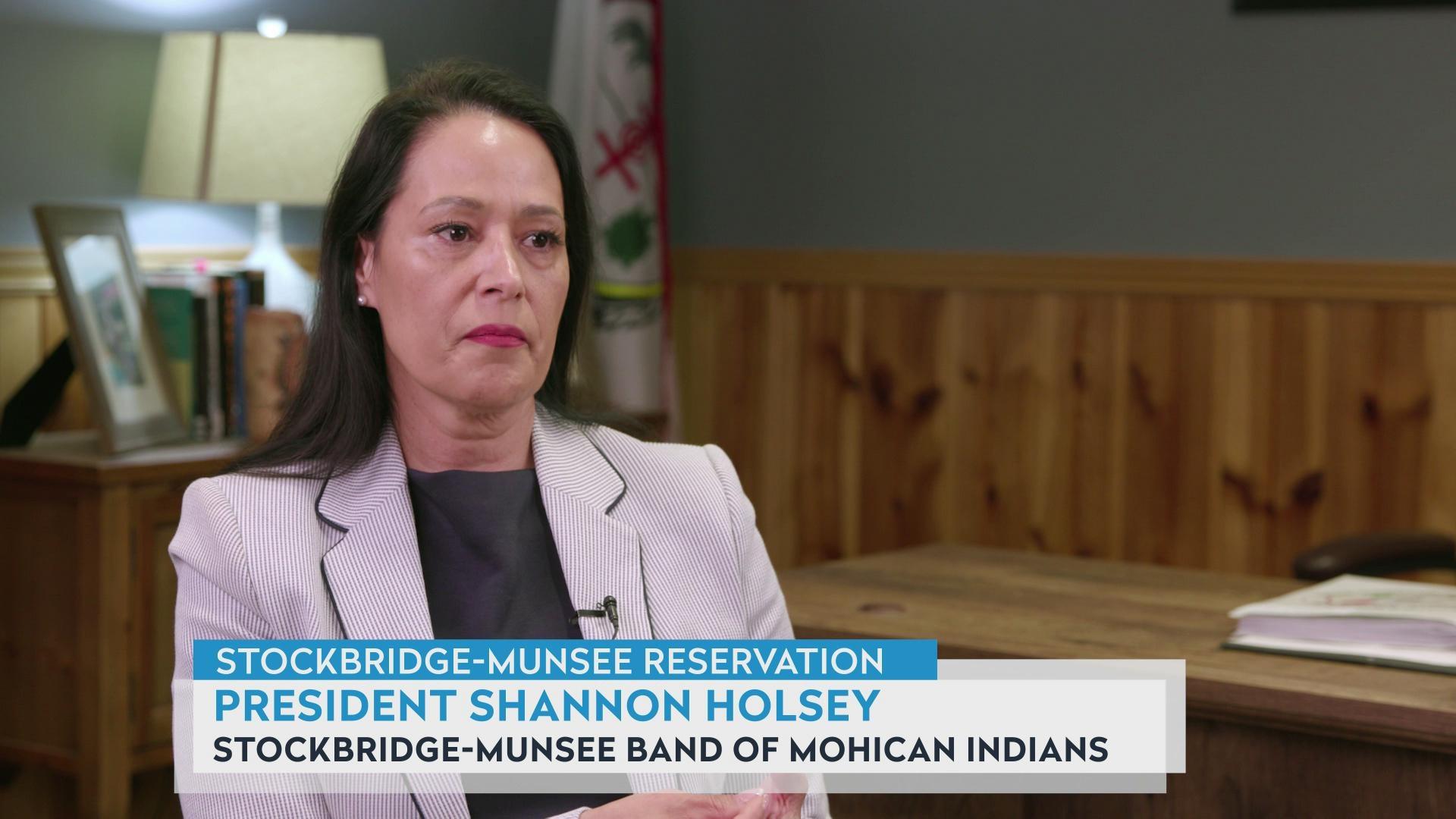

Follow Us